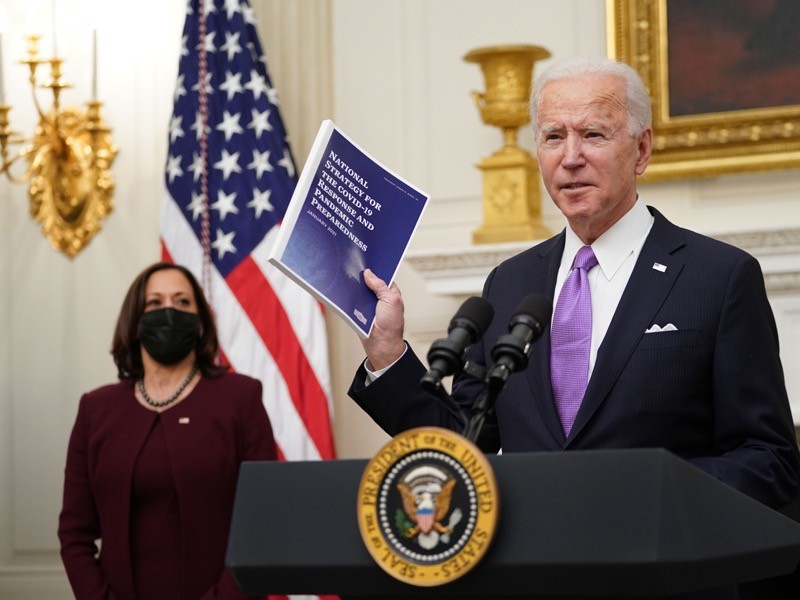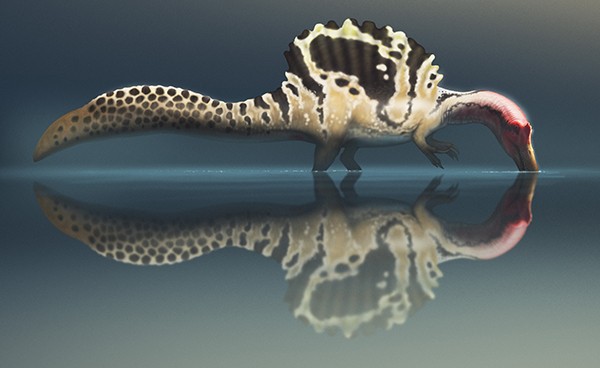Hello Nature readers, would you like to get this Briefing in your inbox free every day? Sign up here
Smarter testing, faster vaccinations and health equity are cornerstones of the 200-page COVID-19 strategy released by US President Joe Biden’s administration this week. It also calls for a better online dashboard for tracking the prevalence of the virus in cities and towns across the United States, so that people and officials can make evidence-based decisions. Scientists lauded the coordinated national pandemic strategy and applauded the central role of science in the plan. Some experts have called for more detail, particularly on the funding, staffing and procedures for some initiatives, such as the plan for scaling up surveillance of new virus variants. All agree that it will be a tough task to turn things around in the hard-hit country, which has suffered more than 420,000 deaths due to the coronavirus.
Nature | 7 min read
Reference: The Biden-Harris plan to beat COVID-19
The sail-backed, 17-metre-long spinosaurus may have hunted from shorelines and shallows, like a giant wading bird. A review of anatomical evidence found that features such as the dinosaur’s broad feet and long neck suggest the creature was well-adapted to snatching its car-sized prey from above. The findings contradict recent research that, on the basis of the spinosaurus’ paddle-like tail and stubby hind limbs, suggested the beast was primarily aquatic and pursued its prey underwater, as do present-day otters and sea lions. Without new fossils, the jury is still out.
The New York Times | 4 min read
Reference: Palaeontologia Electronica paper
Immunologist Moncef Slaoui will soon depart his post as the science leader of the US government’s ambitious vaccine project, Operation Warp Speed. He tells Science what it was like working in the administration of former US president Donald Trump, his thwarted plans to prepare for a pandemic in 2016 and how he was happy to forgo millions of dollars to join the programme.
Science | 12 min read
Features & opinion
The science of climate attribution can show that specific heat waves, floods and extreme-weather events were made more likely by human impact. Now, these techniques should be applied routinely to help governments, organizations and communities to act on their responsibilities and improve resilience, argues climate-impact researcher Richard Betts. “One thing I have found particularly frustrating is that, although houses in my area are now rightly made to be energy-efficient, many are not yet able to cope with hotter weather,” writes Betts. “We must also learn to adapt, and fast.”
Nature | 5 min read
Reference: Explaining Extreme Events from a Climate Perspective (BAMS special report)
Map-like satellite images are useful, but their top-down perspectives flatten the world and are often hard to relate to. Side-on ‘oblique’ aerial images instead give a true sense of depth and do better at connecting abstract data to human experience. Once the norm, oblique imagery now requires satellites to shoot at unusual angles and from greater distances. But the results — from spewing volcanoes to 3D cities — are well worth it.
Nightingale | 7 min read


